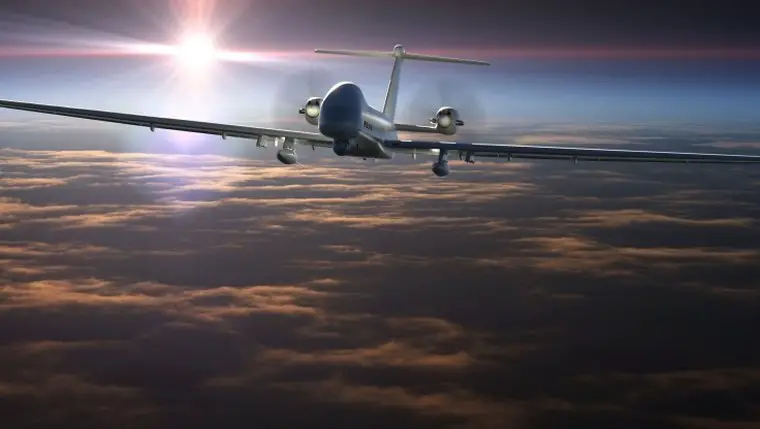On April 25, Airbus Defence and Space signed a contract with the German company Liebherr-Aerospace. The company will develop, produce and supply the landing gear and hydraulic systems for the European Medium Altitude Long Endurance Remotely Piloted Aircraft System (MALE RPAS) developed under the Eurodrone programme. Liebherr-Aerospace will take responsibility for development and manufacture of the main and nose landing gear, including actuation, steering and electronic control, as well as the electric-motor driven pump (EMP).
“We are very proud to support this collaborative European project with our innovative technologies and competencies. ‘We look forward to provide our experience and know-how and to further strengthen our long-term cooperation with Airbus Defence and Space,” said Gerd Heinzelmann, Managing Director of Liebherr-Aerospace Lindenberg GmbH.

Eurodrone’s hydraulic power supply is purely electrically driven and Liebherr’s EMP is the core of this new power supply. The EMP belongs to a range of innovative and scalable solutions the company offers for de-centralised electro-hydraulic power supply, and can be installed much closer to the single consumers than conventional engine-driven pumps. The benefits are greater efficiency, less weight and a lower acoustic signature. The first Eurodrone is expected to be delivered around 2027.
The Eurodrone MALE RPAS is a twin-turboprop MALE UAV under development by Airbus, Dassault Aviation and Leonardo for Germany, France, Italy and Spain, with a first flight expected by mid-2027. Missions targeted are long endurance intelligence, surveillance and reconnaissance and ground support with precision-guided weapons. The twin-turboprops are mounted in a pusher configuration behind the wing, similar to the smaller BAE Systems Mantis, and one-third larger than the MQ-9. The drone’s dual engines were a demand of Germany, which intended to use the UAV for surveillance over domestic urban areas.












